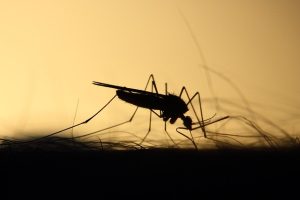Implementing effective mosquito and tick control strategies involves understanding their behavioral patterns. Mosquitoes are most active at dawn and dusk, so using outdoor lighting strategically or insect repellents during these times is crucial. Ticks can be reduced through regular yard maintenance like mowing grass and trimming foliage. Using pest control products designed to disrupt their life cycles further aids in population control. Natural repellents like citronella, lavender, and peppermint offer eco-friendly alternatives, but their effectiveness varies. Chemical methods, such as permethrin for mosquitoes and acaricides for ticks, are widely adopted and efficient but require professional application. DIY methods include essential oils, planting mosquito-repelling plants, and proper yard maintenance. Professional pest control services provide specialized solutions, focusing on eco-friendly and organic methods with regular maintenance plans. Preventing infestations involves eliminating standing water, maintaining drainage systems, using repellents, and seeking comprehensive protection from IPM services.
Mosquitoes and ticks are more than just nuisances; they pose significant health risks. Understanding their behavior, from identifying common entry points to recognizing natural repellents, is key to effective mosquito and tick control. This article guides you through various methods, including chemical exterminations, DIY solutions, professional services, and preventative measures, offering a comprehensive approach to achieving long-term protection against these pests.
Understanding Mosquito and Tick Behavior
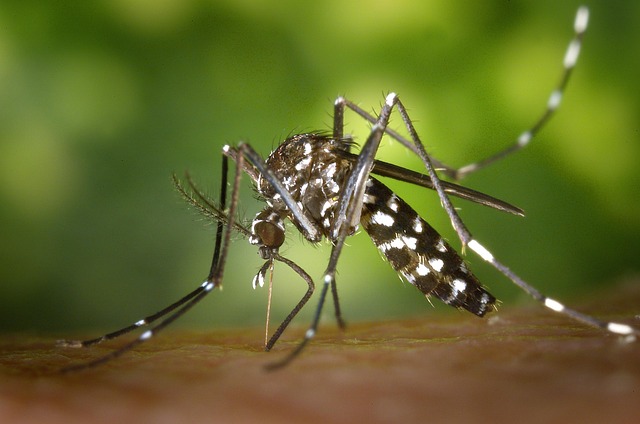
Understanding the behavior of mosquitoes and ticks is a crucial step in effective mosquito and tick control. These pests are most active during certain times of the day; mosquitoes, for instance, tend to be most prevalent at dawn and dusk when they feed on both animals and humans. Knowing this allows property owners to implement targeted strategies, such as using outdoor lighting strategically or applying insect repellents during peak activity hours.
Ticks, on the other hand, often lie in wait for passing hosts, taking advantage of tall grass and shrubs where they can easily attach themselves. Implementing regular yard maintenance practices like mowing grass promptly and trimming foliage can significantly reduce their presence. Additionally, using pest control products specifically designed to disrupt their life cycles can be highly effective in controlling both mosquito and tick populations, thereby creating a safer and more comfortable outdoor environment.
Identifying Common Entry Points for Pests

Mosquitoes and ticks are persistent pests that can find their way into homes through various entry points. Identifying these common access points is a crucial step in implementing effective mosquito and tick control strategies. Many insects enter buildings through open windows, doors, or cracks in walls and foundations. They are attracted to carbon dioxide, body heat, and certain chemicals released by humans and pets, making them more prevalent in areas with high human activity.
Regular inspections can help pinpoint these entry points. Sealant materials like caulk or weatherstripping should be used around windows and doors to prevent insect infiltration. Reducing outdoor lighting near entryways can also deter mosquitoes and ticks, as they are often drawn to bright lights. Additionally, keeping the yard well-maintained with mowed grass and trimmed vegetation can make it less attractive to these pests, reducing their likelihood of entering homes.
Natural Repellents and Their Efficacy
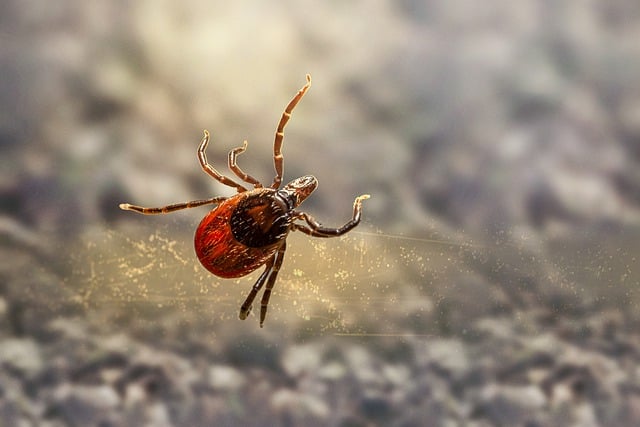
Many people turn to natural repellents in their quest for effective mosquito and tick control, and for good reason. These solutions offer an appealing alternative to chemical-laden insecticides, especially for those seeking more eco-friendly options. Essential oils like citronella, lavender, and peppermint are commonly used due to their alleged ability to deter these pesky critters.
While the efficacy of natural repellents can vary, some have shown promising results in controlled studies. For instance, citronella oil has been found to provide a certain level of protection when applied topically or used in diffusers. However, its effectiveness may be influenced by factors like concentration, application method, and environmental conditions, making it not always a guaranteed solution for outdoor activities or severe infestations.
Chemical Extermination Methods
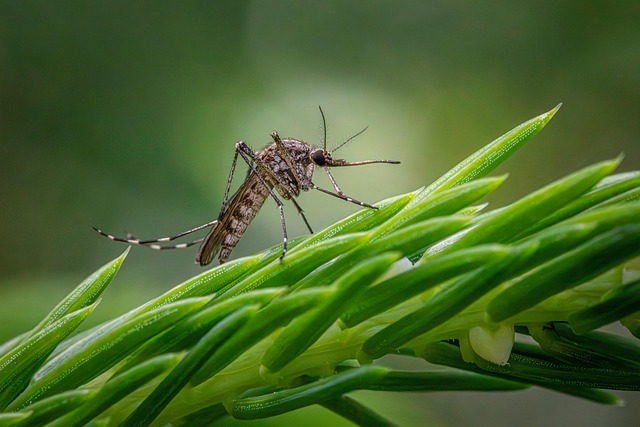
Chemical extermination methods are a common and effective approach to managing mosquito and tick populations, offering swift and targeted solutions for these pests. These methods involve the strategic application of pesticides designed specifically to eliminate or repel insects. For mosquitoes, insecticides can be sprayed in areas where they breed, rest, or feed, disrupting their lifecycle and reducing their presence. Permethrin, for instance, is a synthetic pyrethroid widely used for mosquito control due to its fast action and persistence.
In the case of ticks, acaricides are employed to treat both outdoor environments and indoor spaces where these vectors of disease may inhabit. These chemicals disrupt the normal development or kill ticks directly, thereby reducing their ability to transmit diseases like Lyme disease and Rocky Mountain spotted fever. The application of such treatments requires careful consideration and professional expertise to ensure safety and environmental compliance, especially when used near water bodies or in areas with diverse wildlife.
DIY Tick and Mosquito Control Solutions
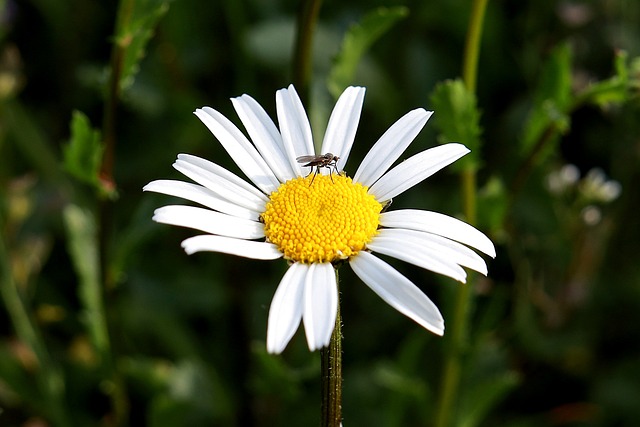
Many homeowners opt for DIY mosquito and tick control methods as an eco-friendly alternative to chemical treatments. There are several simple yet effective solutions to manage these pests in your yard. One popular option is using essential oils like citronella, peppermint, or eucalyptus. These oils have natural insect-repelling properties and can be applied to skin, clothing, or even diffused in the air. Creating a homemade spray by mixing these oils with water is an easy way to keep mosquitoes and ticks at bay while enjoying the fresh aromas.
Another DIY approach involves planting mosquito-repelling plants like lavender, marigolds, or citronella grass around your property. These plants contain compounds that deter insects naturally. Additionally, ensuring proper yard maintenance, such as trimming vegetation and removing standing water, is crucial for mosquito and tick control. Regularly cleaning birdbaths and containers can also prevent these pests from breeding, offering a more sustainable and cost-effective way to manage their presence in your outdoor spaces.
Professional Pest Control Services
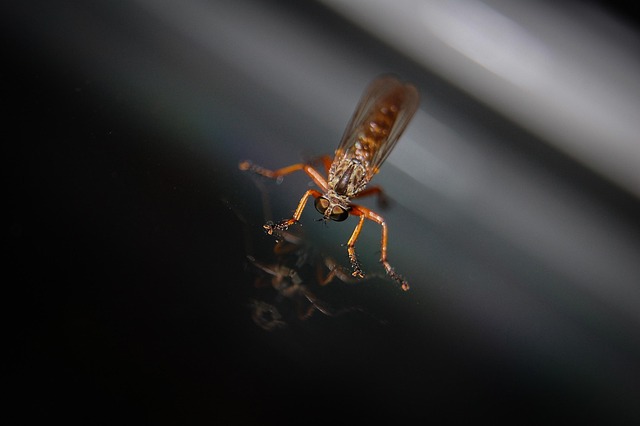
Professional pest control services offer a comprehensive solution for managing mosquito and tick populations effectively. These specialized companies employ trained experts equipped with advanced tools and chemicals to ensure thorough and safe extermination. They provide tailored treatments, considering factors like the extent of infestation, environmental impact, and specific needs of each property.
Many professional services focus on eco-friendly and organic methods, prioritizing the health of residents and pets while neutralizing these pests. Regular maintenance plans are often recommended to prevent re-infestation, ensuring a peaceful outdoor environment free from mosquito and tick bites.
Preventative Measures for Long-Term Protection

Preventing mosquito and tick infestations is key to long-term protection for any home or property. Implementing a robust mosquito and tick control strategy involves several steps that can significantly reduce their presence and impact. One of the most effective methods is eliminating standing water, as both mosquitoes and ticks breed in stagnant water sources. Regularly emptying containers, cleaning gutters, and ensuring proper drainage around the property are essential measures to take.
Additionally, maintaining a well-trimmed lawn and hedges creates a less welcoming environment for these pests. Using mosquito and tick repellents on exposed skin and clothing when outdoors is also crucial, especially during peak activity times. For more comprehensive protection, professional services offering integrated pest management (IPM) approaches can be highly effective in monitoring, identifying, and treating areas prone to these insects, providing long-lasting results and peace of mind.
